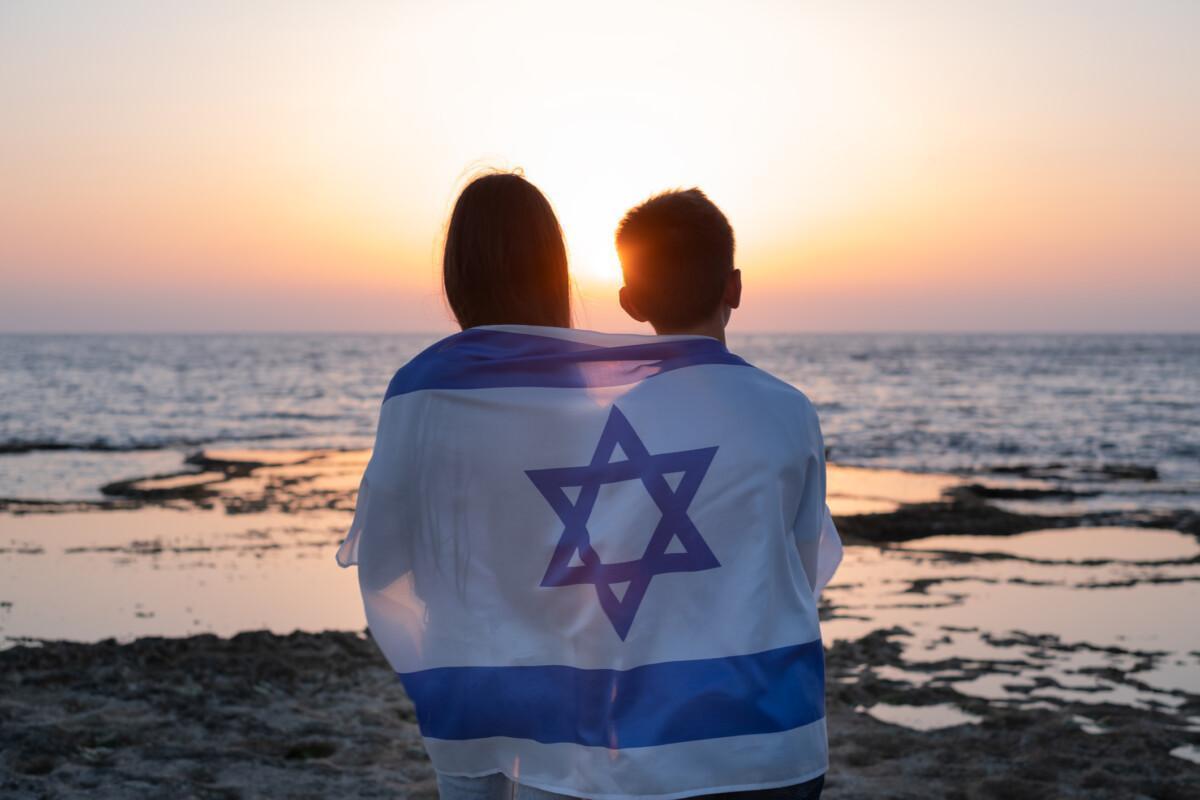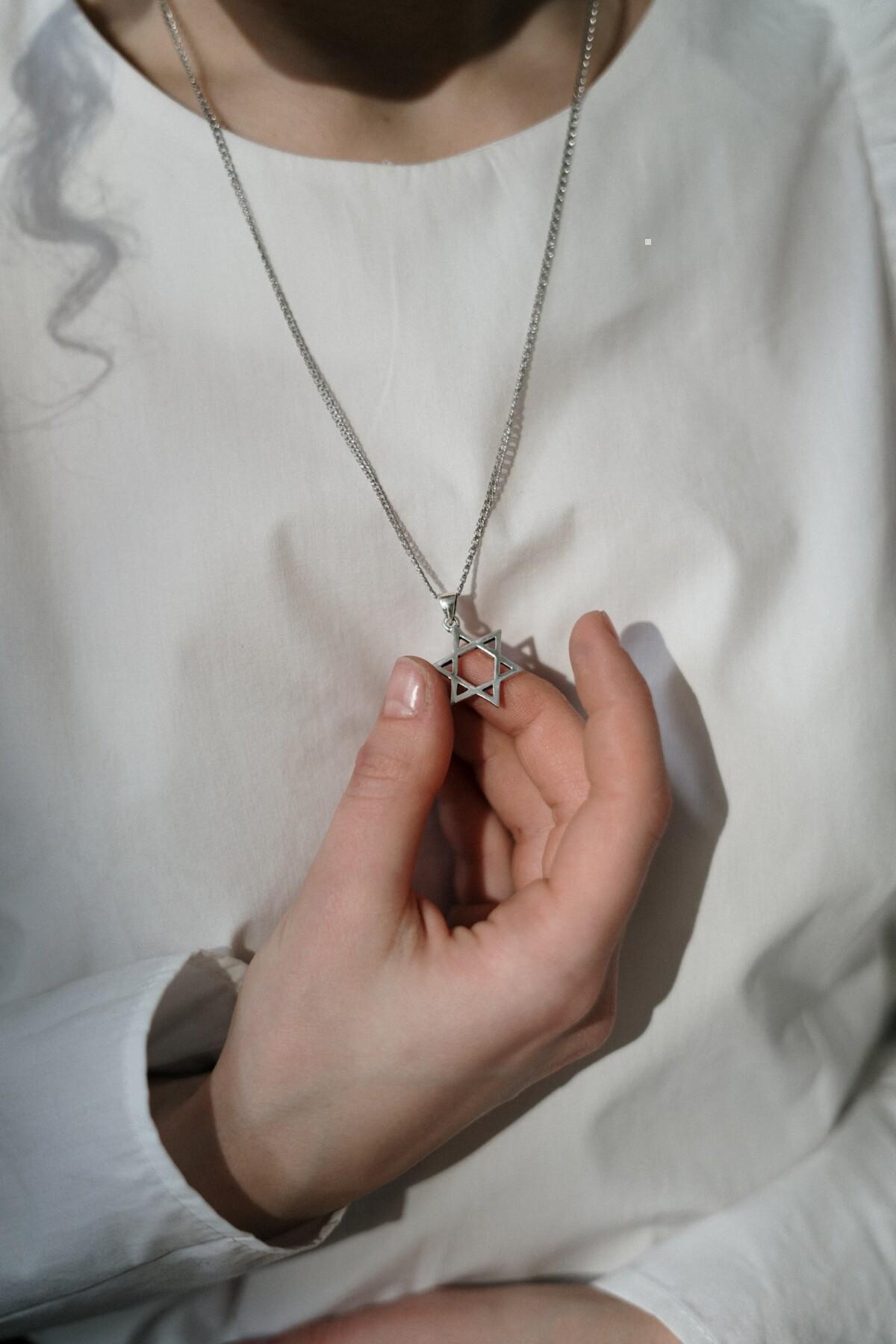
Today’s B’nei Mitzvah Generation Reacts to Terrorism in Israel
By Drew Isserlis Kramer
Growing up Jewish, children learn the complicated history of their people young. It begins in preschool, learning the origin stories of the holidays. Two year olds in Temple Early Childhood Centers understand that we celebrate Passover because Pharaoh was mean to the Jews. In some Jewish Day Schools, kindergarten-aged students start to learn about the Holocaust from the few survivors we have left. Others learn the horrific history later, as they approach B’nei Mitzvah, but the phrase, “never again” rings loudly in their ears before they can even begin to understand what that means.
Today, Jewish parents and educators grapple with a new difficult conversation. While the conflict over Israel is thousands of years old, the Hamas terror attack on October 7, 2023 brought global attention to new violence for being Jewish. Again communities must navigate how to include children in the discussion, while remaining age appropriate. At a certain age, it becomes difficult to shelter and filter this information. As tweens approach B’nei Mitzvah, they are accessing violent imagery on social media, facing friends with misinformation and learning of acts of anti-semitism here in the United States. Like Jewish adults, the children are scared.
Much has been written about how to talk to children of all ages at this sensitive time. Below is an overview of what it means to be a tween or teenager, coming of age in this inflection point for the Jewish people. The children are listening – and they have a point of view.
Concierge Rabbi Rebecca Keren Eisenstadt educates children for B’nei Mitzvah in private one-to-one sessions. In her capacity as private Rabbi and teacher, she observes firsthand the weight parents and children are carrying as they prepare for the B’nei Mitzvah milestone during a moment of violence. Asked about her students’ reaction, Rabbi Eisenstadt reports that “parents and children want to talk about it.” To begin discussion, Eisenstadt reminds that “every child and family is different.” Some 8 year olds are extremely sophisticated. Some families have personal connections to people in Israel, while others do not feel as connected. She cautions that you “have to find the right on ramp to talk about it with each family, but every person needs facts.”
Everyone’s reaction to the truth is different. Some children want to go deep on information and activation, changing their B’nei MItzvah speeches from calls for peace to validating the need for defense. Kids who were not focused on current events, now feel they must discuss when they approach the bima as a B’nei Mitzvah. B’nei Mitzvah students shift their Mitzvah Projects from other respectable causes to raise money for Israel. Like adults, many Jewish children feel the need to act now.
For other children, the bombardment with information is overwhelming. Even with efforts to shield children, they do not live in a vacuum. They see images of hostages on posters. They get email alerts about security risks. The police presence on school campuses is palpable. They know that parents are on high alert. They know more than you think. In Rabbi Eisenstadt’s practice, one child locked herself in the bathroom to avoid religious instruction. Through text message, Eisenstadt was able to glean that “the child felt anxiety and overload with information about her Jewish identity.” She just couldn’t do it.
Outside of adult earshot, many Jewish middle schoolers relate to the tragedy of the moment through activation. One Westchester thirteen year-old described the current climate among her peers as proactive. Asked how her generation reacted to the terrorist attack on Israel, she notes, “people want to contribute and do whatever they can. My friends are making and selling bracelets to support Israel.” In a school district where a third of the population is Jewish, “kids want to show their peers they stand with Israel.” Proudly wearing their bracelets and posting support on Instagram, today’s B’nei Mitzvah students understand the magnitude of approaching Jewish adulthood at this inflection point in the Jewish story. She adds, “becoming a Jewish adult and taking on more responsibility in the Jewish community feels more significant now. We want to feel connected.”
Across town at the district’s high school, another student considers the youth response to the Israeli conflict. Isabel Block, a junior raised within the town’s close knit Jewish community, reflects on her lifelong relationship to Judaism, beginning her studies at the Reform temple preschool and continuing through her B’nei Mitzvah and confirmation. While many of her generation do not continue with Jewish learning past the B’nei Mitzvah milestone, she remains an active participant, serving as a youth liaison on the temple’s social action council. She concedes that many of her friends don’t know of her continued commitment to Jewish life. She points out, “after B’nei Mitzvah, many families become distanced from the temple,” moving on onto more secular commitments as teenagers shift focus to college aspirations. Following the attacks, Block notices a “silent conversation happening on social media.” Among her peers, she sees alliance with Israel, with many posting “I stand with Israel” to their Instagram stories. Although a considerable Jewish community exists, “it can feel risky to discuss the attack.” Jewish teenagers understand that the history of the region is complicated and fear inciting conflict at school. Isabel describes a “sense of isolation” in her generation of Jewish youth. Turning to social media for information, she describes the climate of fear: fear of news sources spreading misinformation; fear of the hurtful antisemitic rhetoric spread by celebrities; fear of the celebration of atrocities on college campuses. With wisdom beyond her 16 years, she adds, “people are so quick to turn on the Jews.”
Psst…Grieve for Israel with Jewish Joy: A B’nei Mitzvah Story
Recently she felt encouraged by a poster at her high school messaging open hours with a Rabbi for students seeking Jewish community at this time. At the same time, B’nei Mitzvah students organize car wash fundraisers. Preschool children decorate cards to support Israeli soldiers. College students solicit home Rabbis for advice in increasingly hostile university environments. Families long delinquent in lighting shabbat candles are showing up for services in record numbers. In a climate of fear and confusion, people young and old return to Jewish institutions to feel connection. There is safety in numbers. There is power in perseverence.


